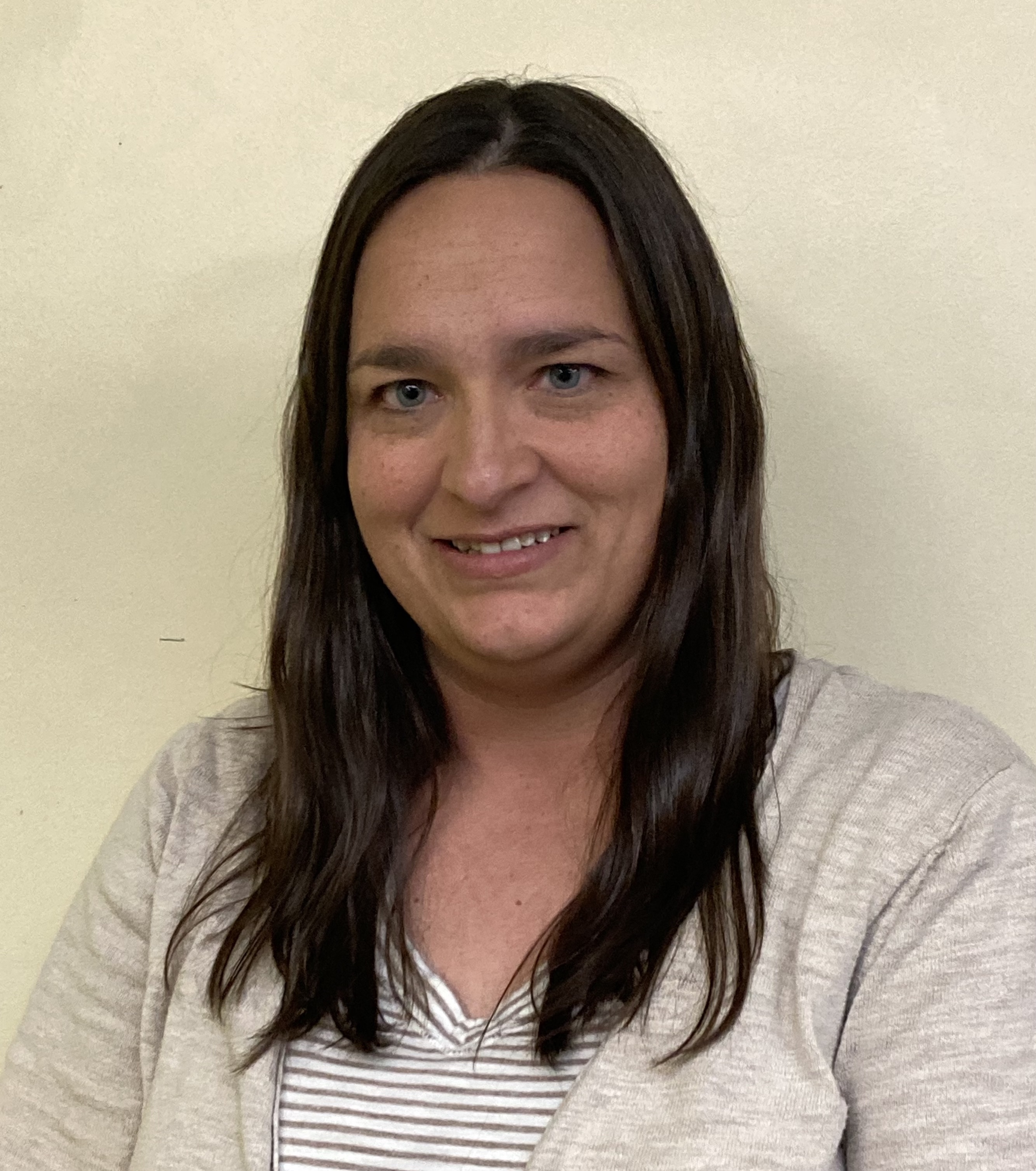The Indiana Department of Education (IDOE) has a Resource Webpage that includes updated Dyslexia Screener Guidance and a Dyslexia Toolkit. The purpose of the Dyslexia Toolkit Indiana Code 20-35.5 et. seq., as created by SEA 217 (2018) requires schools to screen all students in kindergarten through second grade. If students are identified as “at risk” or “at some risk” for dyslexia, then the Indiana Code requires that schools provide tiered interventions to address the needs of these students. The Indiana Department of Education, in conjunction with Indiana University’s School of Education, created this dyslexia toolkit to provide additional information, resources, and materials to support educators as they implement reading interventions with students with the characteristics of dyslexia. The toolkit provides detailed information about reading development and acquisition, scientifically-based reading instruction and intervention, recommended approaches for dyslexia intervention, and the areas of reading (i.e., phonological awareness, alphabet knowledge, sound-symbol relationships, decoding, encoding) screened in the universal, level I, and level II screeners. The toolkit provides guidance and recommendations for teaching reading skills with a structured literacy approach. Each section of the toolkit corresponds with a “resources” section with links to additional resources such as videos, sample lesson plans, materials (e.g., flashcards, manipulatives, word lists), books, articles, professional development, professional organizations, and centers, etc. It is recommended that this toolkit be used to further educators’ professional knowledge about reading interventions and guide their decision-making, intervention planning, and lesson delivery. This toolkit was not created to recommend or endorse a particular curriculum, product, or program. Ultimately, we hope this toolkit provides educators with resources and materials in response to, “how do we teach” and “what do we teach” students who are exhibiting the characteristics of dyslexia.
Indiana Department of Education Approved Dyslexia Training Programs - This list was reproduced with permission from the Indiana Department of Education.
Make Your Classroom a Safe-Zone for Specific Learning Disabilities (SLDs)!
Dyslexia, Dysgraphia, and Dyscalculia are separate learning differences that make learning challenging, stressful, and overwhelming instead of successful and fun! The ICAM team has created a fact sheet to acquaint you with these Specific Learning Disabilities. This fact sheet includes classroom supports which you can implement immediately.
Please note that while PATINS/ICAM does not endorse a specific product or commercial training, we are eager to provide information on training opportunities/products which your school may explore in light of Indiana Senate Law 217, the new dyslexia law. We will update this page when opportunities become available.
Additional Resources for Educators & Students:
Yale Center for Dyslexia & Creativity: The Yale Center for Dyslexia & Creativity is a resource for educators and parents of children with dyslexia, and for the children themselves, actually. Explore the website for important information and personal testimonials, including these gems, included below.
It is important to talk to the dyslexic student about this very prevalent specific learning disability. Knowledge is power. Don’t be afraid to use the “D” word.
Talking With Your Child provides examples for helping your child understand their struggles with reading and identifying their gifts.
Early Identification of Children with Dyslexia: “The Shaywitz DyslexiaScreen™ enables schools nationwide and internationally for the first time to quickly and reliably screen all kindergarten and first grade students for dyslexia, allowing early support and intervention. The evidence-based assessment, developed by Dr. Sally Shaywitz, is delivered in less than five minutes per student, making it simple for schools to implement and use in the evaluation of early readers. The questions on the assessment, which are based on a longitudinal study conducted by the Yale Center for Dyslexia & Creativity, are considered likely predictors of dyslexia in children several years later. The Shaywitz DyslexiaScreen™ is extremely economical and is now available through Pearson.” The digital manual for administering the screen is $49. The screen is 99 cents per child; designed for Grades K – 1.
Dyslexia: How to Write Goals - An article by Dr. Kelli-Sandman-Hurley from the Dyslexia Training Institute
Dyslexia In the Classroom: What Every Teacher Needs to Know - A handbook from the International Dyslexia Association
IEP Goals for Reading Fluency and Decoding with IEP Goal Examples - An article from Learning Abled Kids website
Case Study Clean and clear: making reading easier with Lexend. A key factor in reading problems might be hiding in plain sight. Learn how changing fonts can change comprehension. By Google Fonts and Susanna Zaraysky
Website Resources:
Dyslexia Help Success Starts Here - University of Michigan
By Focusing on Dyslexia, We Address the Needs of All Children - International Dyslexia Association
Dyslexia Apps and Software:
Ghotit - Software and Mobile Apps for People with Dyslexia and Dysgraphia
Book Resources:
The ICAM has added some Dyslexia book resources to the PATINS Lending Library, to help educators and parents gain insight and skill in working with dyslexic readers. This need not be a daunting task. The following books were selected to help teachers, parents and other advocates provide assistance from a position of knowledge and deliberation. If you have read other books that you feel would be useful to others, send us the titles. For now, please consider borrowing these titles.
- The Dyslexic Advantage: Unlocking the Hidden Potential of the Dyslexic Brain by Brock L. Eide, M.D., M.A. and Fernette F. Eode, M.D. - The authors are neuro-learning experts who reveal the hidden benefits of having a dyslexic brain. Yes, dyslexia brings definite challenges, particularly when a student is surrounded by peers who do not experience their frustration in tasks like decoding and phonetic spelling. However, often individuals with dyslexia have other areas of great success and special talents: reasoning, big-picture thinking, artistic skills, to name a few. This book provides a “complete portrait of dyslexia.
- The Dyslexia Empowerment Plan: A Blueprint for Renewing Your Child’s Confidence and Love of Learning by Ben Foss - Foss relates his personal experiences of moving through a school system that did not understand dyslexia, nor how to help struggling readers find paths to succeeding at school. He provides a three-step approach for helping dyslexic readers including 1) Identifying and devising a profile for the student, 2) Helping the student learn to be her/his own advocate in the educational setting, 3) Building a community in the school that works together to provide a system of supports for dyslexic students, which will help them turn discouragement to success.
- Dyslexia Advocate! How to Advocate for a Child with Dyslexia Within the Public Education System by Kelli Sandman-Hurley - This book is a great assistant for parents of and educators for students with dyslexia. Sandman-Hurley discusses the importance of raising awareness of this frequently identified (1 in 5) and frequently overlooked reading disability. How dyslexia is addressed in the IEP process and in the 504 Plan process is dissected in depth. Often these are the points where much opposition is met. Learn how to manage these meetings professionally and with sensitivity.
- Overcoming Dyslexia-A New and Complete Science-Based Program for Reading Problems at Any Level by Sally Shaywitz, MD. - This important book is by no means a new release; published in 2005, Overcoming Dyslexia continues to be timely, informative and easy to navigate if one chooses to use this as a reference to specific topics. You can for instance quickly consult Dr. Shaywitz’s research on:
- Identifying dyslexia in children from K to Grade 12, in young adults, and in mid - to older adults.
- How to rate the “readability” of popular titles by level of difficulty, including a list of popular/classic titles with the reading level indicated. To encourage reading by struggling readers, it is important to make selections from each child’s skill level (rather than grade level), to reinforce new skills and to provide an incentive for advancing skills.
- Developing a model of instruction that is goal and research-based.
- Corrects myths concerning dyslexia.










